how do we see colors of the opaque and transparent objects
Hold one object up between your eyes and the picture. Consider the example of a frosted glass.
Translucent Opaque And Transparent Materials What S The Difference Mts Blog
Are examples of transparent materials.
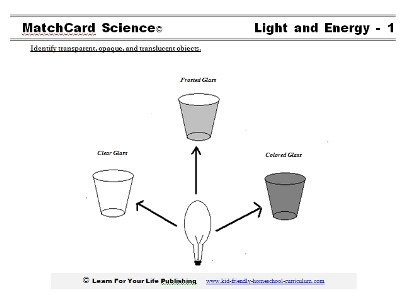
. Up to 24 cash back How do we see Colors. Gather the objects you want to test. They can also be called partially-see-through objects.
How we normally see transparent objects is by the refraction of light that they cause and the effect on the image of what lies behind them. An opaque object does not allow light to pass through it. Lead a student discussion on the terms translucent transparent and opaque.
A white ball looks. You can do a simple experiment at home or in the classroom to test whether an object is transparent translucent or opaque. Put a detailed full-color picture in a picture frame and stand it up on a table in a well-lighted room.
Describes matter that allows light to pass through with little interference. Hey friend as your question the answer is - Mirror is not a transparent object because it reflects the light which comes towards it and then we can see our reflection in the mirrors. How do we see colors.
The color of a transparent object is determined by the wavelength of the light transmitted by it. Are opaque objects examples. So the rules about which objects are.
An opaque object that reflects all wavelengths appears white. How do we see objects that are opaque. Look closely at a glass cup.
Therefore we cannot see clearly through them and objects on the other side of a translucent object appear fuzzy and unclear. How does the color of a transparent or translucent object determined. Opaque just means that not all of the light passes through and the light that does pass through is distorted and blurred out.
When you look at the glass you can see its contents clearly. Opaque objects are the most dense thus allowing no light to pass through. We see objects because light reflects off them and enters our eyes.
Translucent objects are those that come in between opaque and transparent materials. Brick book wood etc. Translucent Transparent Opaque 3.
Glass for example is transparent to all visible light. Create a chart on the board. By the color of light that they TRANSMIT all others are.
Colors are absorbed and reflected. This means that you cannot see through such an object. Opaque objects are those that do not allow any light to pass through them.
We can barely see whats outside the window. The opaque objects do not allow the light to transmit through them The opaque objects are divided into White objects Black objects and Coloured objects. Materials like air water and clear glass are called transparent.
Refraction bends the light as it passes through the cup and the background image ends up. If the image is upside down it means that the light from the bottom of the object has arrived at the top of the screen and the light from the top of the object has reached the bottom of. A mirror is an opaque object because you cant see through it.
Transmission and reflection happen differently for every type of wave. Colors of light reflected determine the colors we see. The color of this material depends on the amount of light absorbed scattered and reflected.
Even clear objects reflect some light and. When we look at a red apple the wavelengths of the reflected light determine the color we see on it. Think about this if they did not reflect light they would be invisible from the side of the light source.
When light encounters transparent materials almost all of it passes directly through them. Objects are classified into opaque translucent and transparent depending upon their behavior with light. To understand translucent material.
Similarly if red light passes through a transparent object the emerging light is red. Explain what they mean and provide examples of translucent transparent and opaque objects. Seeing the white opaque objects.
There is however a phenomenon called total internal reflection where a transparent object can reflect ALL light that approaches its boundary within a certain range of angles. Some surfaces reflect all of this light while others absorb some of the colours. The color of a transparent object depends on the color of light it transmits.
Record what you see of the picture through the object. How do transparent objects get their color. You just see an image of whatever is behind the cup but distorted.
An object kept on the other side is not visible. Thus mirror is opaque but glass is transparent. Objects appear coloured because of the way they reflect light.
We wear white clothes in. Opaque objects such as the metal can shown here do not allow any light to pass through. Most materials absorb light of some frequencies and reflect the rest.
The book cover brick and other such solid things you can think of are all opaque in nature. The transfer of light energy to particles of matter. When you look at the glass cup what do you see.
These wavelengths are not detected by our eyes. When white light strikes a white opaque object this object reflects all light colours So it appears in the same colour of light that falls on it. Glass lenses water etc.
The answer surprisingly is no. Answer 1 of 6. The contents of the plastic bottle are visible but not very clear.
When it comes to clear objects we see them because we see the way light bends refracts as it passes through the objects. Sunlight is a mixture of all colours of light which combine to form brilliant white light. Translucent objects such as the plastic bottle in this image allow only part of the light to pass through.
The absorption and reflection of light waves by various materials results in human perception of color as follows. If a material absorbs a certain frequency of light that frequency will not be reflected so its color will not be perceived by the observer. Are translucent objects examples.
Frosted glass tinted glass etc. Similarly if red light. If green light passes through a transparent object the emerging light is green.
An object on the other side of this material is visible to some extent. By the color of light the object reflects all other colors are absorbed. It reflects most of the light that falls on it.
One that absorbs all wavelengths appears black. How is the color of an opaque object determined.
What Determines The Color Of A Transparent Or Translucent Object Quora
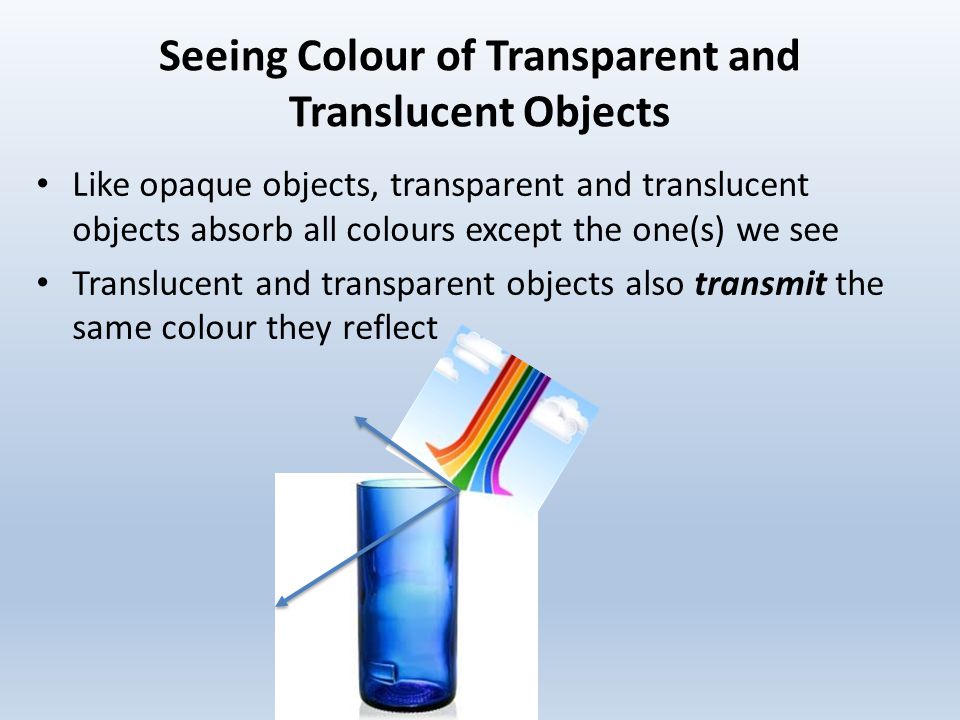
Warm Up Use A Ray Diagram To Explain How Light Behaves Differently When It Contacts A Rough Object Vs A Smooth Object An Opaque Object Vs A Transparent Ppt Video Online Download
Translucent Opaque And Transparent Materials What S The Difference Mts Blog
What Determines The Color Of A Transparent Or Translucent Object Quora
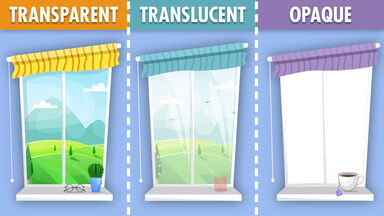
Transparent Vs Translucent Vs Opaque Compared

Transparency Worksheet K5 Learning
What Determines The Color Of A Transparent Or Translucent Object Quora

What Is The Light Behaviour Through Different Media Science Online
How Light Interacts With Translucent Objects Light And Color Waves
What Determines The Color Of A Transparent Or Translucent Object Quora

Transparent Materials And Objects Translucent Objects And Opaque Materials With Examples

Transparent Translucent Or Opaque Properties Explanation Vector Illustration Vectormine Translucent Activities Science Projects For Kids Light Science
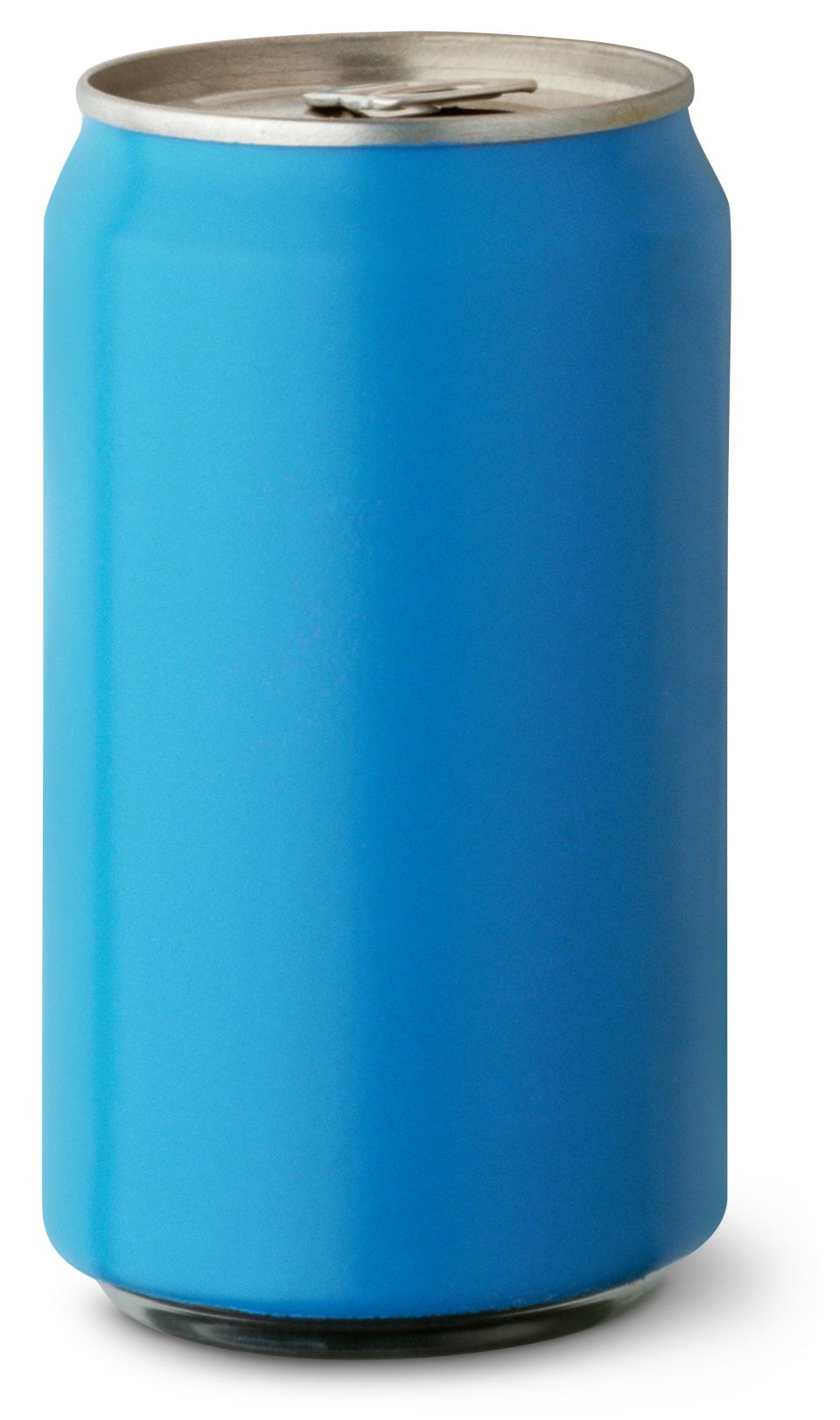
Transparent Definition What Does Opaque Mean Dk Find Out

Transparent Versus Translucent
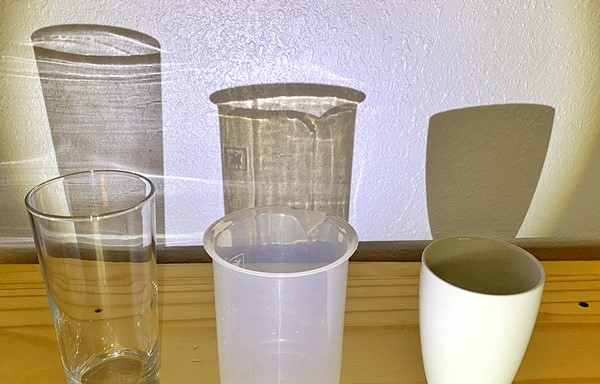
Can You See Through Me Lesson Plan
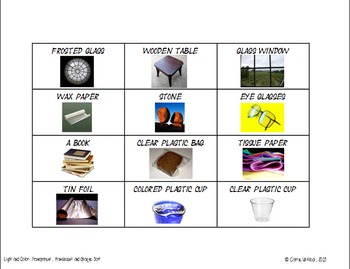
Light And Color Transparent Translucent And Opaque Sort By Carrie Whitlock

Transparent Materials And Objects Translucent Objects And Opaque Materials With Examples

What Is Translucent Translucent Objects And Materials Video Lesson Transcript Study Com
